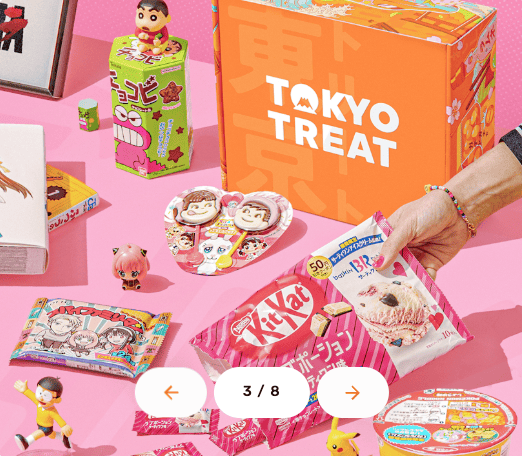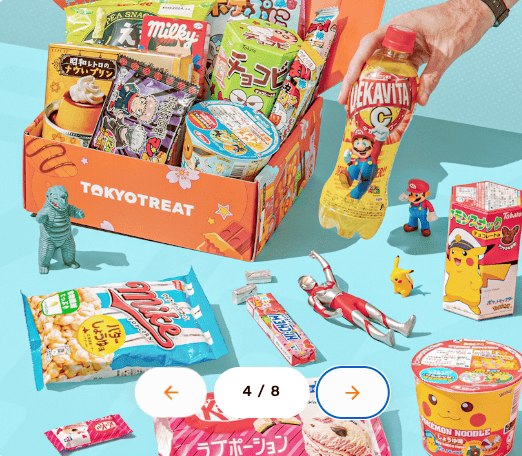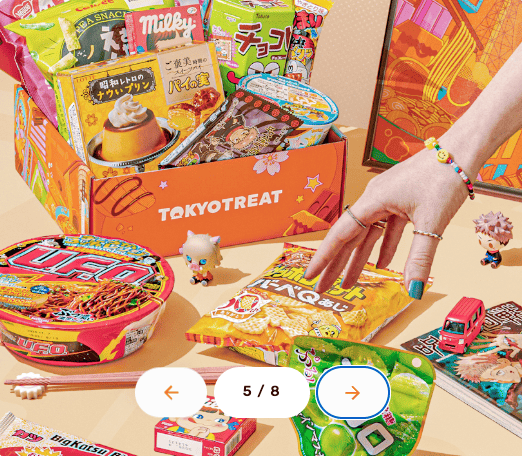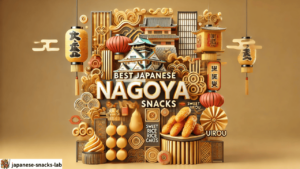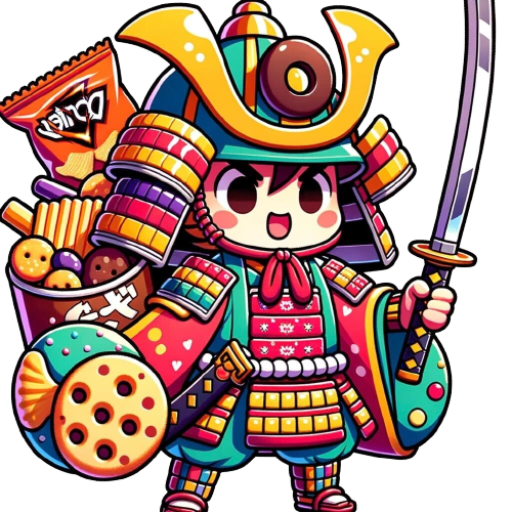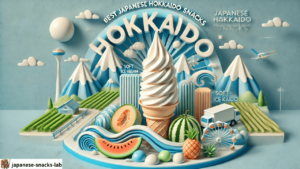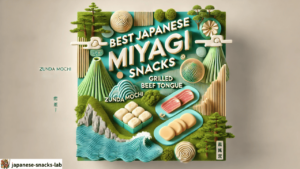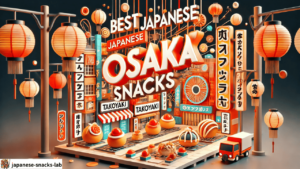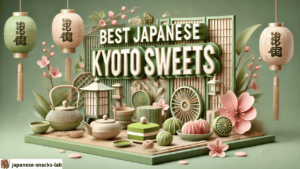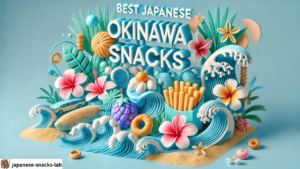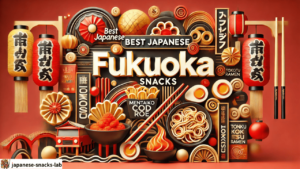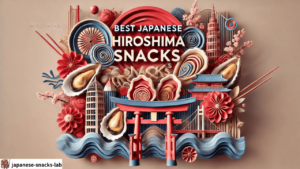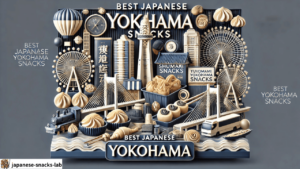「Tokyo Treat」
| Cheap sweets | |
| Traditional sweets | |
| Seasonal Events | |
| Character snacks | |
| Dagashi | |
| Allergy Description | |
| Vegetarian Instructions | |
| Official Site | Check |
| Price per month | total cost | |
|---|---|---|
| 12 months | $32.5/mo | $390 |
| 6 months | $33.5/mo | $201 |
| 3 months | $35.5/mo | $106.5 |
| 1 month | $37.5/mo | $37.5 |
Check out this article analyzing Japanese snack boxes!
Konpeito
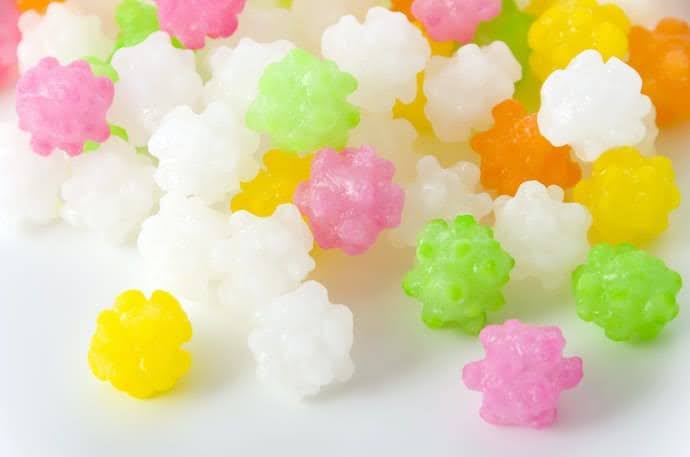

Konpeito is an ancient Japanese sugar confectionery. It is said to have originated in 1569 when it was brought from Portugal, and the word “konpeito” is said to have originated from the Portuguese word “confite”, from which it is called konpei-sugar. It was introduced to Kyushu and western Japan as a Nanban confectionery. It is made slowly over a period of one to two weeks or more by boiling down primed water and sugar, and forming uneven protrusions (angular shapes) on the surface. It is a sweet sugar confectionery, and its cute shape and colorful colors make it a nostalgic Japanese confectionery for men and women of all ages.
Check out similar products!
Strawberry Daifuku
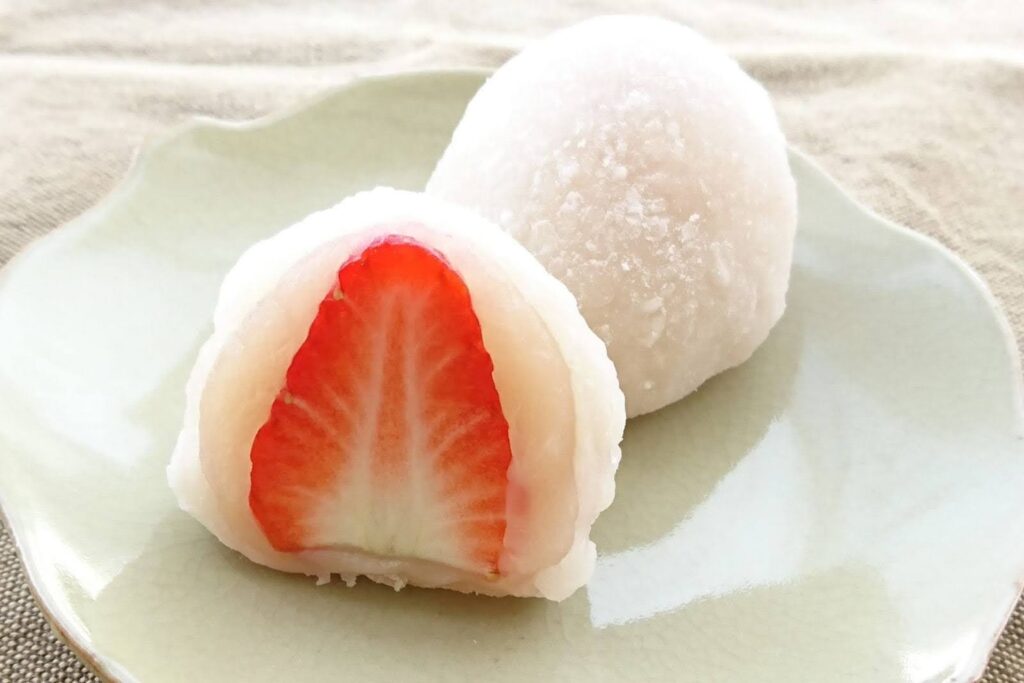

Strawberry Daifuku is said to be a Japanese confectionery that appeared in the 1980s and was inspired by shortcake. The name “Ichigo Daifuku” refers to the fresh wagashi with strawberries inside the bean paste wrapped in gefu, and two methods are known: one is to completely wrap the strawberries with gefu along with the bean paste, and the other is to insert the strawberries into a slit in the Daifuku mochi. This Japanese confectionery is also used to blend Japanese and Western styles, such as coloring the Gyuhi pink to match the color of the strawberries, or using fresh cream. Also, depending on the region and the store, red bean paste or white bean paste is used either alone or mixed together.
Check out similar products!
Warabi mochi
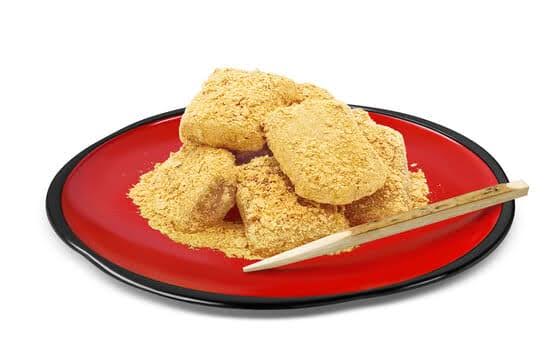

Warabi mochi is a soft and smooth Japanese confectionery made from warabi flour. It is generally eaten with kinako (soybean flour), green tea powder, or Kuromitsu (brown sugar). It is known as a specialty of Kakegawa City, Shizuoka Prefecture, and is said to be a confectionery that has existed for quite some time, as a poem about eating warabi mochi was written in 1544 in a travelogue of the eastern part of Japan. Warabi flour is a starch obtained from the underground stems of bracken, but because it is expensive, it is often mixed with potato, tapioca, kudzu, or other starches. It is a Japanese confectionery that goes well with ochabokke or green tea.
Check out similar products!
Taiyaki
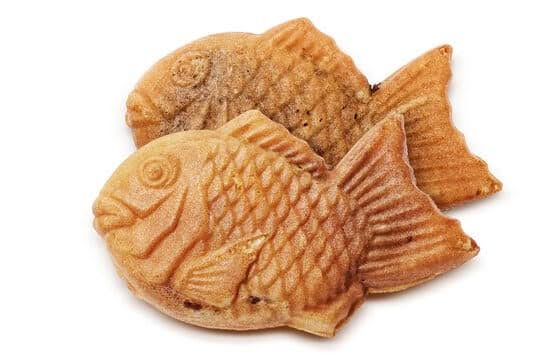

Taiyaki is a flour-based Japanese confectionery with red bean paste, baked in a metal mold shaped like a sea bream. The technique is to pour the dough made from flour, sugar, baking soda, etc. into one half of the taiyaki mold (which is divided into two halves), place azuki red bean paste on one half, and bake the other half together with only the dough. The fish bream is not included as an ingredient at all. Often there is red bean paste inside, but recently more and more taiyakis are being made like western sweets with cream, chocolate cream, etc., or like sandwiches with vegetables, ham, cheese, etc. General taiyakis are recommended as snacks or tea cakes, while side dish taiyakis are good for when you are hungry or for a light meal.
Check out similar products!
Dorayaki
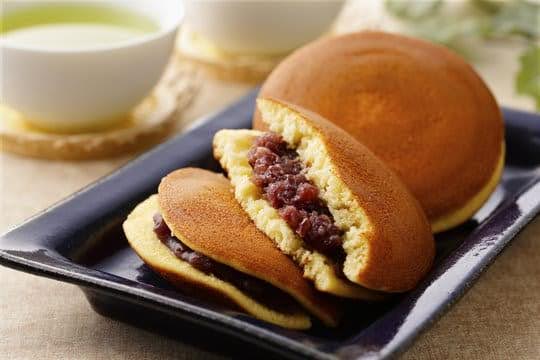

Dorayaki is an inflated food and Japanese confectionery consisting of two slightly puffed disks of sponge cake-like dough with azuki bean paste sandwiched between them. It is baked into a moist sponge cake dough with honey. Many doughs are moistened and flavored with honey or mirin (sweet cooking rice wine), and there is a wide variation in the addition of soy sauce, salt, malted rice, sake, powdered green tea, brown sugar, etc. By definition, modern wagashi generally use “sandowari” (a general term for equal parts flour, eggs, and sugar) as the basic recipe for dorayaki. A promising theory is that the name “dorayaki” was derived from its resemblance to a percussion gong (dora), but there are many theories.
Check out similar products!
Castella


Castella is a confectionery made by whisking chicken eggs and mixing them with flour and syrup, then baking the dough in an oven. It is a Japanese confectionery that developed uniquely in Japan based on the Nanban confectionery introduced from Portugal. There are many variants with added sugar, milk, butter, buttercream, cheese, vanilla, green tea, brown sugar, chocolate, etc., and in some regions, it is coarsely decorated. There are theories that sponge cake originated in Spain, where it is called “Bizcocho,” and Portugal, where it is called “pão de ló. It is a popular snack and teatime treat for children and adults alike.
Check out similar products!
Sanshoku dango
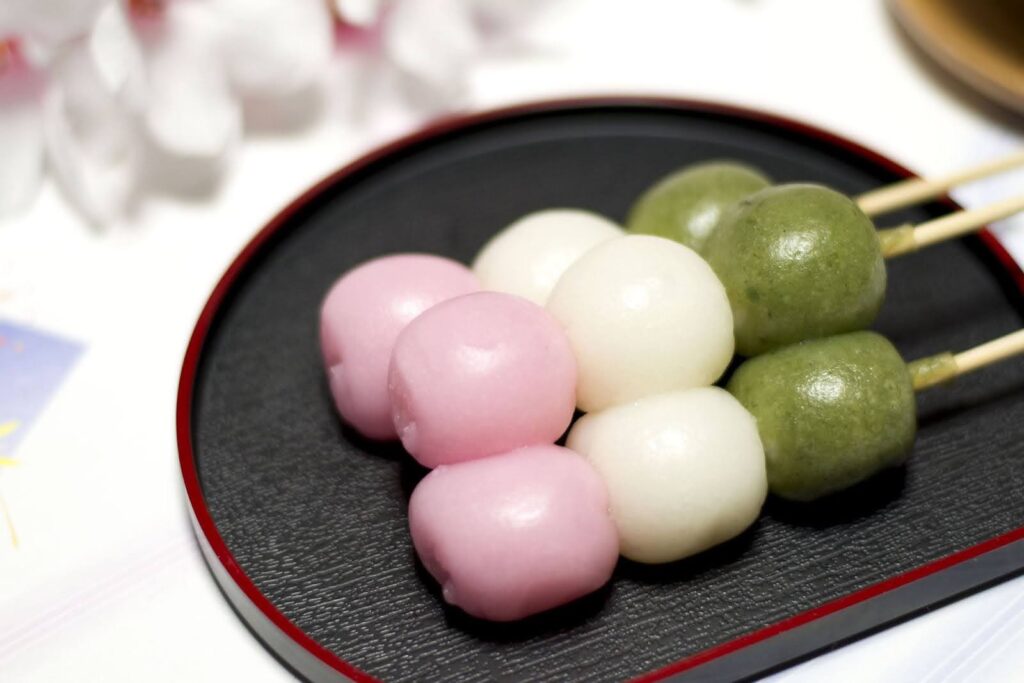

Sanshoku dango are also known as hanami dango. It is said that the red (cherry blossoms) and white are considered lucky in terms of color, and the green is the color of grass to ward off evil spirits. Another theory, based on a play on words, is that the red represents “cherry blossoms” in spring, the white represents “white wine” in winter, and the green represents “green grass” in summer, so that there is “no fall” and you “never get tired of it. Basically, the three-color dumplings sold on the market are colored, so all three colors taste the same. At long-established wagashi shops, you can enjoy the flavors and aromas of each ingredient: white “suama” dumplings made with sugar mixed with joshinko (a type of rice flour), pink dumplings colored with red shiso (Perilla frutescens) or gardenia, and green dumplings colored with yomogi (mugwort) or matcha (green tea).
Check out similar products!
Daifuku


Daifuku is a type of Japanese confectionery consisting of red bean paste wrapped in a rice cake. It is often called Daifukumochi. The rice cake should be finely made and the amount of red bean paste should be equal to or greater than that of the rice cake, The amount of red bean paste is often equal to or greater than that of the rice cake. It is often covered with an edible powder (rice cake flour, often cornstarch). Various variations exist, such as mochi with beans or mugwort added, or with strawberries or custard cream instead of red bean paste. It is often eaten as is, but it can also be baked or added to soup stock, depending on preference.
Check out similar products!
Imagawa-yaki
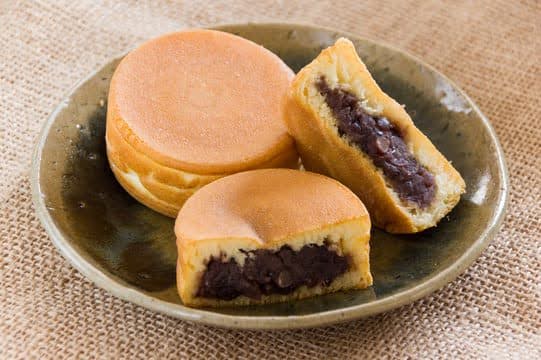

Imagawa-yaki is a Japanese confectionery consisting of a dough made mainly of flour, filled with red bean paste, and baked in a metal baking mold. Later, the use of small-sized molds spread to other parts of Japan as oobanyaki. The dough made from flour, eggs, and sugar, dissolved in water, is poured into an iron or copper mold, filled with red bean paste, and baked into a low cylindrical shape or a thick disk. The size and name of these sweets vary by region. It is the best snack to serve with tea, and is loved by people of all ages, from small children to the elderly.
Check out similar products!
Yatsuhashi


Yatsuhashi is considered a specialty of Kyoto. It is a type of hard-baked rice cracker made by steaming a mixture of rice flour, sugar, and nikki (cinnamon) and stretching the dough thin and baking it. The shape is said to resemble a koto or bridge, with a curved rectangle convex along the long axis. There is also “Nama-yatsuhashi,” which is simply cut without baking the dough, and a derivative product made of Nama-yatsuhashi with red bean paste or other fillings. Since baked yatsuhashi also exist, those that are baked are called “baked yatsuhashi. It is said to have existed since around 1879, but it is unknown if it was eaten before then. It is suitable for people of all ages and both men and women, with a warning to those who do not like the distinctive aroma of cinnamon and Nikki.
Check out similar products!
Imoyokan


Imoyokan is a Japanese confectionery made by kneading sweet potatoes. In the 1890s, a sweet potato wholesaler came up with the idea of making yokan from sweet potatoes that were readily available, instead of the expensive and unpopular “neri yokan,” a type of sweet bean jelly. Sweet potatoes are steamed, mixed with sugar while still hot, pressed into rectangular molds, and cooled and hardened. Sometimes sweet potatoes are boiled instead of steamed, and sometimes a small amount of salt or agar is added in addition to sugar. These wagashi are loved by people of all ages and are recommended as tea cakes.
Check out similar products!
Sakura Mochi
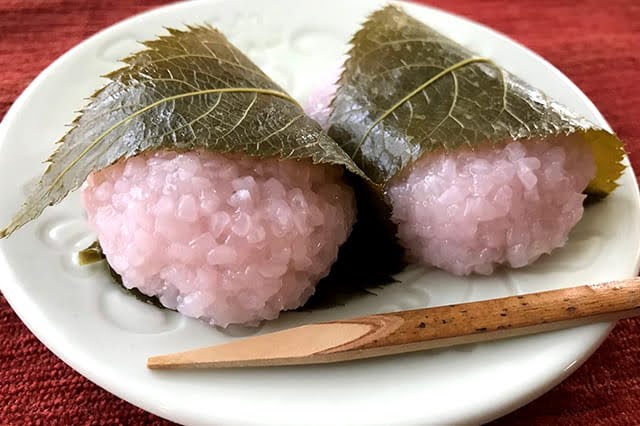

Sakura Mochi is a Japanese confectionery associated with cherry blossoms, and is made by wrapping a rice cake in a cherry leaf. It is also one of the Hina sweets and is considered to be the Japanese seasonal word for spring. The manufacturing process differs depending on the region of Japan. While the Kanto region’s Sakura Mochi is made with a thin crepe-like dough to wrap the sweet bean paste, the Kansai region’s Sakura Mochi is made with a rice cake made of rice flour and Domyoji flour, which is used to wrap the sweet bean paste. Both share the same finishing touch of wrapping the mochi in salted cherry leaves. Often colored flour is used, and the beautiful cherry blossom-colored rice cake and the aroma of the cherry blossom leaves are the distinguishing characteristics of this confectionery. The sakura leaves may or may not be eaten, but it is a seasonal wagashi (Japanese confectionery) from February to April and is enjoyed by men and women of all ages.
Check out similar products!
Mizumanju


Mizumanju is a manju made of dough made from kudzu flour and bracken flour, wrapped in sweet red bean paste and cooled in well water. It is said that mizu-manju originated in the Meiji period (1868-1912), and is a Japanese confectionery that originated in Ogaki City, Gifu Prefecture, which is known as the water capital of Japan. In Ogaki City, every household had an “Idobune,” a water tank that used groundwater to cool vegetables and fruits, which were then used as refrigerators. Under such circumstances, mizu-manju was developed as “a cool snack to eat in summer”. The transparent appearance, the coolness of the sweet bean paste showing through, and the springy elasticity and slurping sensation make it an addictive summer treat. Because of its elasticity, small children and the elderly should cut it into pieces.
Check out similar products!
Kashiwa MochiS


Kashiwa Mochi is a flat, round rice cake made of koshinmochi flour, filled with sweet red bean paste or mashed red bean paste, folded in two, and wrapped with a leaf of kashiwa or sartori ibara (a type of Japanese rose). The kashiwa tree is a deciduous tree, but because the old leaves do not fall off the tree until new shoots appear, there was a legend that the tree was protected by the god of trees. This spread the custom of eating Kashiwa Mochi as a good omen for “uninterrupted family lineage” and “prosperity of descendants,” and it is eaten during Tango-no Sekku, which is known as Children’s Day in Japan. It is said to have originated around the Edo period (1603-1867), and is a well-acted Japanese confectionery. Please cut into small pieces for small children and the elderly.
Check out similar products!
Anmitsu


Anmitsu is a sweet made by serving red bean paste in a mitsu-mame. Mitsumame is a traditional summer sweet that originated in the Edo period (1603-1868) as a children’s sweet made by placing red peas in a boat made of koshinko (a type of flour) and pouring honey over the boat. The sweets were served in a bowl with boiled red peas, diced agar, gyuuhi, shiratama dango, and canned mandarin oranges or peaches in syrup, topped with molasses or molasses (or syrup) and served as mitsumame. In 1930, Wakamatsu, a soup stock shop in Ginza, introduced anmitsu, a sweet bean paste topped with mitsumame.
Check out similar products!
Ohagi


Ohagi is a mixture of glutinous and non-glutinous rice that is steamed or cooked, lightly pounded to the point that only a few grains of rice remain, and rolled into a ball, then covered with red bean paste, sesame seeds, or soybean flour. The origin of the name “ohagi” comes from the fact that it is eaten during the autumnal equinox when the bush clovers bloom. During the autumn Ohigan period, “o-hagi” is made from freshly harvested azuki beans. Freshly harvested azuki are soft to the skin, so they are used for “tsubu-an” (bean jam), whereas botamochi are made with azuki stored until spring, when the skin becomes hard, so the skin is removed and used for “koshi-an” (sweet red bean paste), resulting in a different type of bean jam. Botamochi is a Japanese confectionery popular among men and women of all ages as a Japanese sweet to serve with tea.
Check out similar products!
Mizu-yokan


Mizu-yokan is made by boiling and dissolving agar, mixing it with sugar and sweet bean paste, and pouring it into a mold to harden. Compared to kneaded yokan, mizu-yokan contains less agar, sugar, and koshi-an (sweet bean paste), and is made without boiling down the agar, making it smooth and light to the palate. It is especially popular as a summer delicacy because of its freshness and smoothness. Its light and refreshing taste is loved by everyone from small children to the elderly, and it is one of the most popular Japanese sweets as a mid-year gift or souvenir. Because of its high water content, mizu-yokan contains fewer calories than kneaded yokan, and is recommended for those who are concerned about calories.
Check out similar products!
Chestnut manju


Chestnut manju is a baked sweet invented during the Meiji and Taisho periods. The skin is made by kneading chicken eggs with sugar, baking soda, water, honey, and flour, then wrapping it in chestnut red bean paste or white bean paste with chestnut grains, and shaping it into a small oval shape. The skin is browned by coating with egg yolk, and the chestnut-shaped manju is covered with poppy seeds to make it look more like a chestnut. It is said that chestnut manju originated in Kyushu in the mid-Meiji period (1868-1912), and that chestnut manju made in Kitakyushu was shaped like a small oval and chestnut manju made in Nagasaki was shaped like a chestnut. These wagashi are popular among people of all ages, from those who can tolerate honey allergens to adults.



